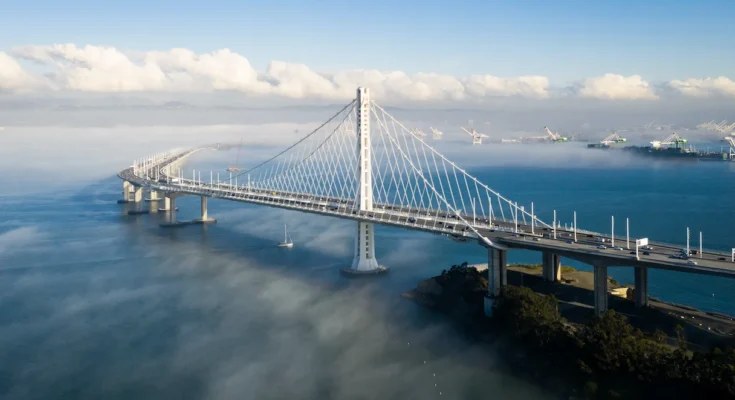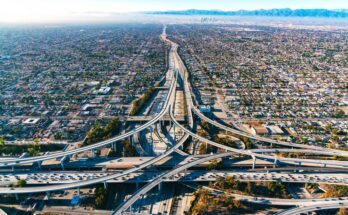The San Francisco–Oakland Bay Bridge, often living in the shadow of its more glamorous sibling, the Golden Gate Bridge, is an engineering marvel with a history as rich as the city it connects. While the Golden Gate draws the postcards, the Bay Bridge bears the weight—both literally and figuratively—of over 260,000 vehicles daily, making it one of the busiest bridges in the United States. Yet, beneath its steel and concrete lies a fascinating story of innovation, resilience, and even a touch of hidden history.
When it first opened in 1936, the Bay Bridge was nothing short of a modern miracle. At 4.5 miles long, it was the longest bridge in the world, an ambitious project that stretched from the bustling streets of San Francisco to the industrial heart of Oakland. The bridge is actually a two-bridge system: the western span, an elegant suspension bridge, gracefully links San Francisco to Yerba Buena Island, while the eastern span, rebuilt in 2013, stands as the largest self-anchored suspension bridge in the world. This replacement was not just an upgrade but a necessity—the original eastern span suffered severe damage during the infamous 1989 Loma Prieta earthquake.
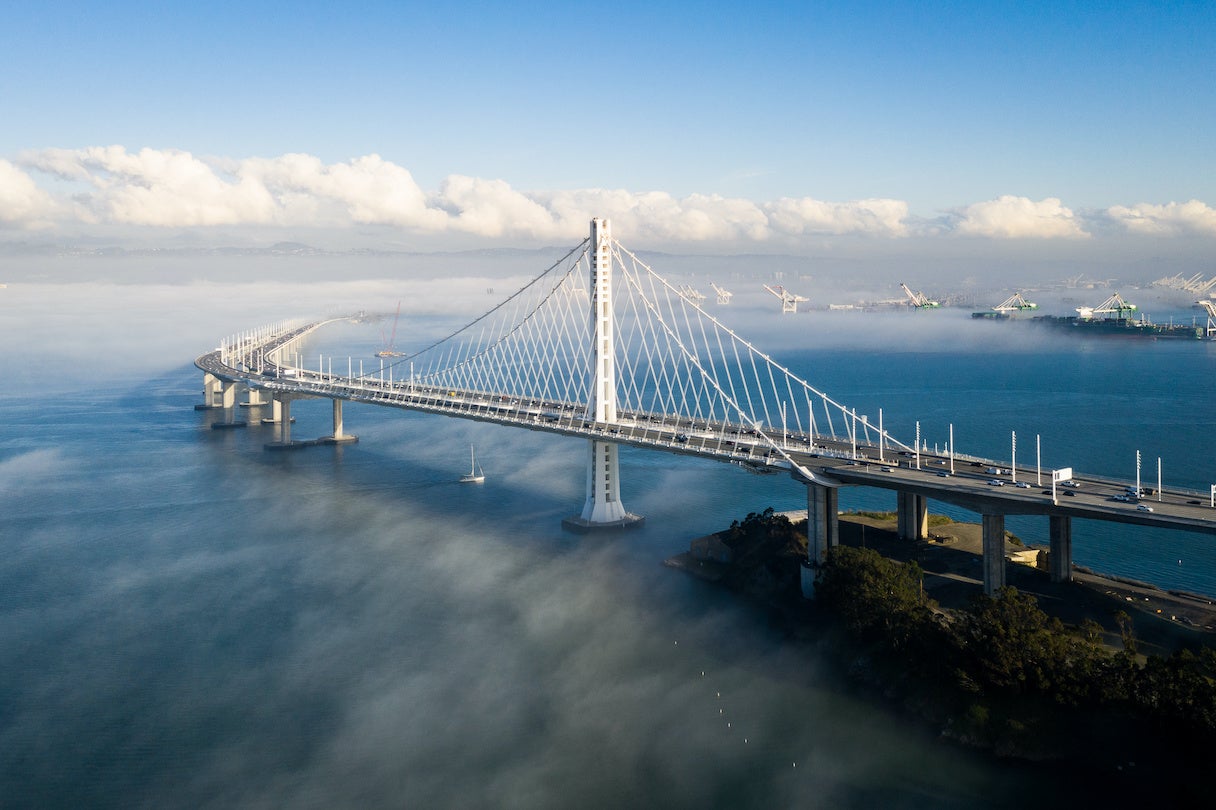
Beyond its role as a vital transportation artery, the Bay Bridge has served in ways few people realize. During World War II, it became an unsung hero of the war effort. While the upper deck carried regular traffic, the lower deck was repurposed for military rail transport, facilitating the movement of troops and supplies vital to the Pacific front. As battles raged overseas, the bridge played its quiet but crucial role in ensuring that America’s war machine kept moving.

But the Bay Bridge holds secrets beyond its steel girders and high-traffic lanes. Tucked away on Yerba Buena Island, hidden in plain sight, lies an old tunnel that once formed part of a military fortification. Long forgotten by most, this tunnel was a strategic point designed to defend the Bay from potential threats. Today, it remains a silent relic of the past, an eerie reminder of the bridge’s intersection with history, war, and urban expansion.
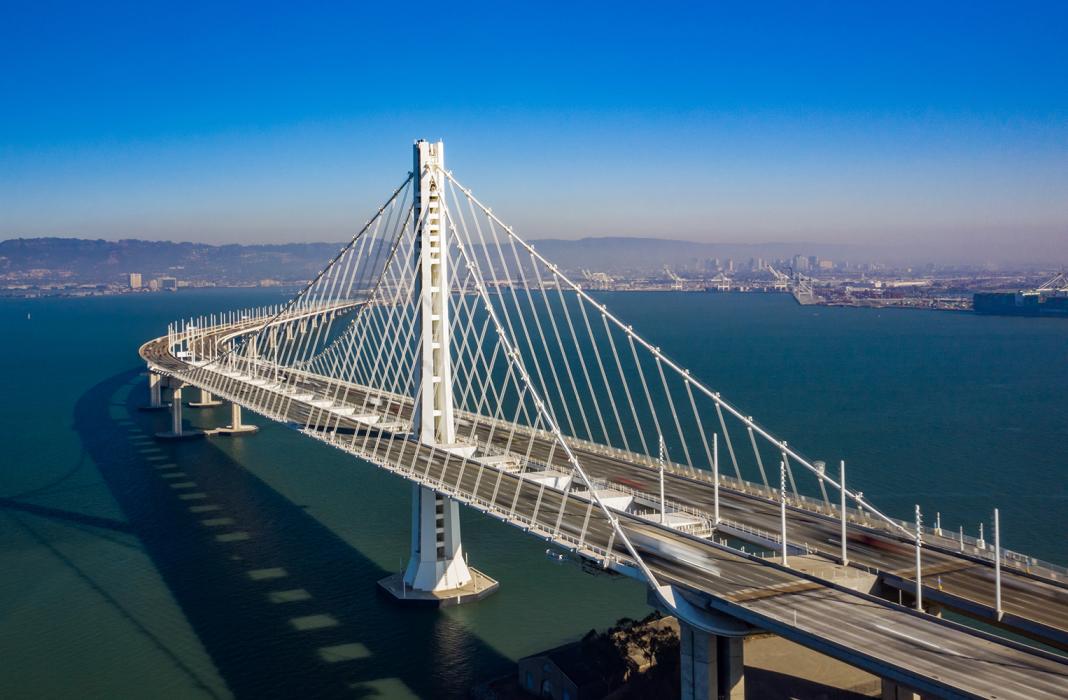
Despite its importance, the Bay Bridge has had its fair share of struggles. The 1989 earthquake exposed vulnerabilities in its original design, necessitating the construction of the new eastern span. This $6.4 billion project resulted in one of the most striking bridge designs in the world, featuring a single, dramatic white tower rising above the bay waters. Though the project faced delays and cost overruns, the result was an architectural triumph—one that ensures the bridge will stand strong for generations to come.
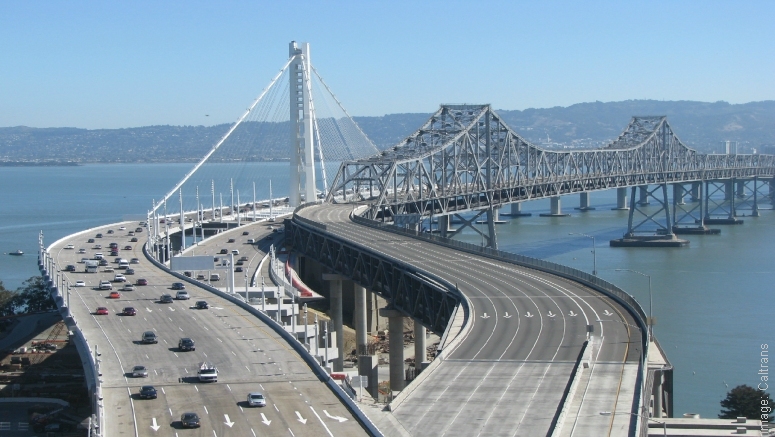
The Bay Bridge is more than just a roadway; it’s a symbol of resilience and ingenuity. It has withstood natural disasters, adapted to wartime needs, and undergone massive transformations to keep up with the demands of modern life. While it may not grace as many Instagram feeds as the Golden Gate, those who take the time to learn its history will find a structure just as worthy of admiration. Next time you drive across its expanse, consider the stories it holds—the soldiers it once carried, the earthquakes it has endured, and the quiet tunnel hidden on the island, waiting for its tale to be told.
make a tittle
